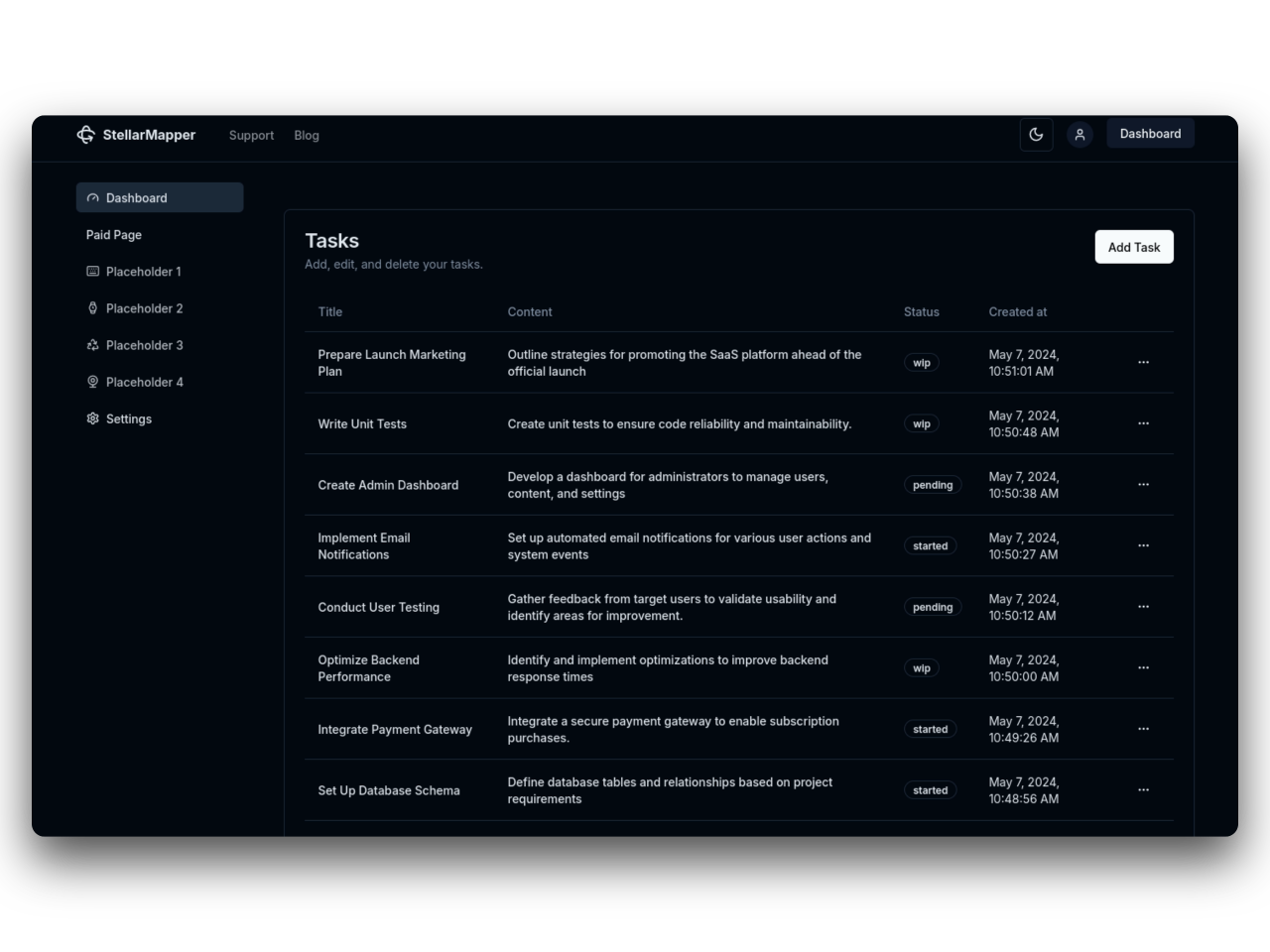How Next.js Supports Data Security in SaaS
How Next.js Supports Data Security in SaaS
In today's digital landscape, the importance of data security cannot be overstated. For Software as a Service (SaaS) providers, safeguarding customer data is critical not just for compliance with regulations but also for maintaining customer trust and loyalty. Among the various frameworks available for building web applications, Next.js stands out as a robust choice for SaaS platforms, offering a range of features that inherently support data security. In this blog post, we will explore how Next.js lays the groundwork for securing your SaaS application, enabling developers to prioritize user data protection.
What is Next.js?
Next.js is a React-based framework that allows developers to build server-rendered and statically generated web applications. With built-in support for routing, server-side rendering, API routes, and more, Next.js has become a popular choice for building performance-oriented applications. However, beyond its performance benefits, Next.js presents opportunities for robust data security practices commonly required in SaaS deployments.
Data Security Considerations in SaaS
When discussing data security in a SaaS model, it’s crucial to understand potential vulnerabilities and compliance requirements. Common data security considerations for SaaS applications include:
- Data Encryption: Both in transit and at rest.
- Authentication and Authorization: Securing endpoints and user permissions.
- Input Validation: Preventing attacks such as SQL Injection and Cross-Site Scripting (XSS).
- Error Handling: Avoiding leakage of sensitive information through errors.
- Audit Logging: Keeping track of access and usage patterns for monitoring and auditing.
Next.js offers features and best practices that address these considerations effectively.
1. Built-In Security Features
a. Automatic Static Optimization
Next.js automatically optimizes pages, which can significantly reduce the attack surface area. By serving static pages when possible, the framework minimizes server-side processing, lowering the potential points of failure or exploitation.
b. Data Fetching Methods
Next.js provides several data fetching methods, including getStaticProps, getServerSideProps, and getStaticPaths. Each of these methods has implications for security:
Server-Side Rendering (SSR): Fetch data on the server, allowing you to secure API keys or sensitive information safely. When sensitive logic is server-side, it is not exposed on the client, reducing the risk of abuse.
Static Generation: When not needing real-time data, static generation delivers pre-rendered pages at build time, further reducing the risk of attacks like DDoS, as there aren't live endpoints for every request.
c. API Routes
Next.js API routes allow you to create serverless functions that can serve as a backend for your application. This offers several benefits for security:
- Separated Concerns: Business logic can remain server-side, away from the client’s reach.
- Built-in Security Features: API routes can leverage protections such as HTTP method checks and CORS configurations.
- Rate Limiting: You can implement rate limiting at the API route level to prevent abuse.
2. Authentication & Authorization
Securing user accounts is paramount. Next.js can seamlessly integrate with popular authentication providers or custom strategies to enhance data security.
a. OAuth and JWT
Next.js applications can utilize OAuth for token-based authentication, which allows secure login experiences through third-party providers. Coupled with JSON Web Tokens (JWT), you can validate user sessions without storing sensitive data on the client.
b. Session Management
Handling user sessions is vital. Next.js supports various libraries, such as NextAuth.js, to manage sessions securely. These libraries provide features like:
- Refresh tokens to maintain sessions securely.
- Stateful session storage that can mitigate issues such as Cross-Site Request Forgery (CSRF).
3. Protecting Against Vulnerabilities
a. Input Validation and Sanitization
Next.js enables developers to implement robust input validation and sanitization to protect against common vulnerabilities like XSS and SQL Injection. With libraries such as Joi or Yup, you can gracefully validate data before it reaches your application or database.
b. Secure Headers
Setting HTTP headers is a minimal yet effective way to enhance security. Next.js allows you to configure various security headers through the next.config.js file:
- Content Security Policy (CSP): Mitigates XSS attacks by restricting sources of content loaded by your application.
- X-Content-Type-Options: Prevents browsers from interpreting files as a different MIME type.
- Strict-Transport-Security: Enforces secure (HTTP over SSL/TLS) connections.
4. Error Handling & Logging
Next.js enables healthy application practices regarding error handling. With custom error pages and middleware, you can:
- Mask Sensitive Information: Never expose stack traces or sensitive error data in production.
- Centralize Logging: Use middleware or API routes to log errors in a centralized service, helping detect anomalies in user behavior.
5. Deployment Considerations
a. Hosting Providers
Next.js applications can be deployed on various hosting providers, many of which have built-in security features. For instance, platforms like Vercel and Netlify provide:
- SSL/TLS certificates for secure data transmission.
- Automated scaling capabilities to help withstand DDoS attacks.
b. Environment Variables
Storing sensitive keys and secrets in environment variables prevents sensitive data from being hard-coded into your application. Next.js allows for secure handling of environment variables with a straightforward configuration setup.
Conclusion
Next.js is a powerful framework that empowers SaaS providers to build secure applications effortlessly. With its emphasis on server-side capabilities, API routes, and best practices to enhance data security, Next.js equips developers with the tools necessary to prioritize user data protection. As the SaaS landscape continues to evolve, investing in a framework that offers inherent security features will ultimately contribute to the trust and longevity of your application.
By incorporating these security practices when developing a SaaS application with Next.js, you will be well-equipped to mitigate risks and provide a secure experience for your users. Data security is not just a feature; it’s a fundamental aspect that every SaaS application should prioritize, and with Next.js, you can confidently build a secure and resilient service.
If you have any experiences or strategies related to data security in SaaS using Next.js, feel free to share them in the comments below! Your feedback helps create a more informed developer community.
